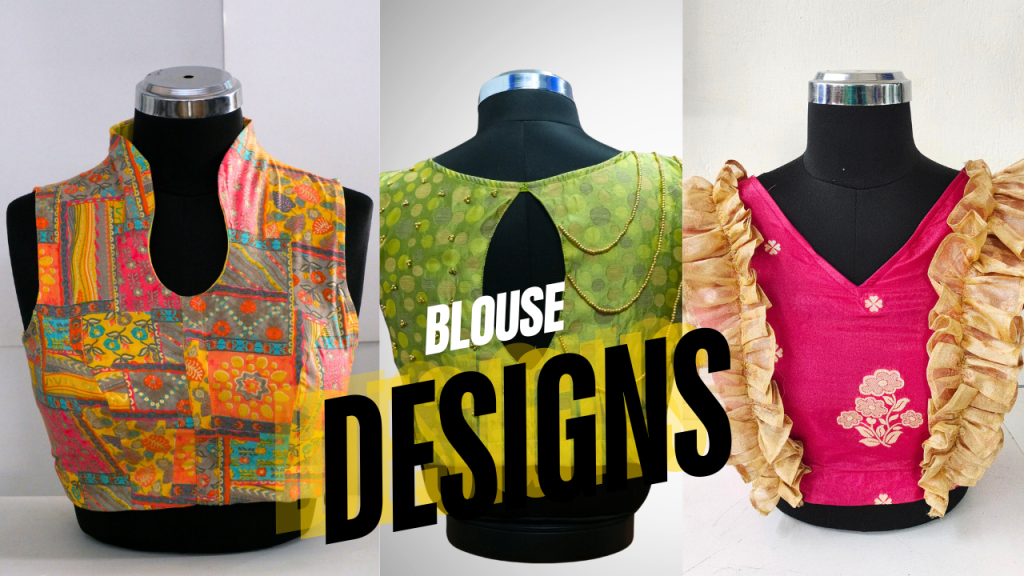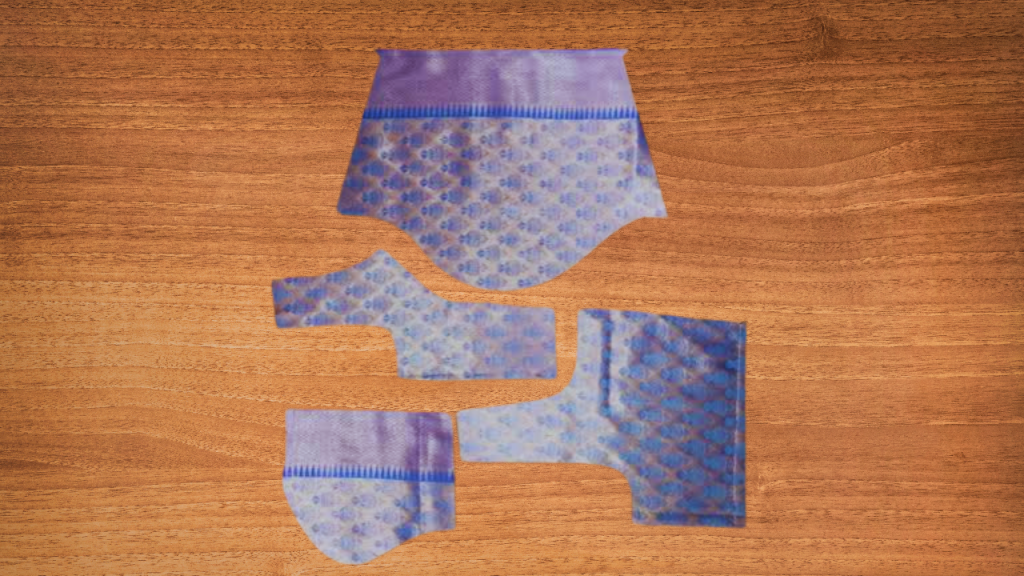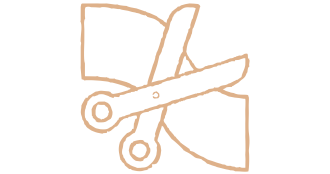When it comes to traditional and modern women’s fashion, blouses are a key element. Whether it’s paired with a saree or lehenga, a well-fitted blouse enhances the entire outfit, making it stand out.
1. Understanding Blouse Patterns
Blouse patterns act as blueprints for creating the perfect fit. A pattern ensures that all the fabric pieces are cut correctly, which results in a well-structured and tailored blouse. Whether you’re a season ed tailor or just starting, understanding how blouse patterns work is the first step toward mastering the craft.
A blouse pattern typically includes:
- Front portion: The front part of the blouse with neckline and dart placements.
- Back portion: The back portion, might include different types of closures like hooks, buttons, or zippers.
- Sleeves: The length and style of sleeves can vary significantly, from cap sleeves to full-length.
Necklines and Yokes: Neckline patterns dictate the upper shape and style. Yokes are decorative portions added for aesthetic appeal or additional support.

A good blouse pattern is measured and cut based on precise body measurements to ensure the perfect fit. The measurements generally cover bust, waist, shoulder, armhole, and length of the blouse.
2. Types of Blouse Patterns
Blouse patterns come in a wide variety of designs, each suitable for different occasions and body types. Here are some popular types:

- Princess Cut Blouse: Known for its flattering fit, the princess cut blouse has panels that curve with the body’s shape, giving it a more structured look. It’s a go-to choice for weddings and formal occasions.
- Halter Neck Blouse: This trendy style leaves the shoulders bare and is perfect for a modern, chic look. It can be styled with lehengas or sarees and is a popular choice for cocktail events.
- Boat Neck Blouse: The blouse has a wide neckline, often extending from one shoulder to another. It’s an elegant choice for those looking for a simple, yet sophisticated style.
- Collar Neck Blouse: The collar neck pattern adds a formal touch to any traditional attire.
- Piping and Border Blouse: Patterns with piping or borders on the necklines, sleeves, or hems offer a unique way to add detail without overwhelming the design. This subtle style is often paired with cotton or simple silk sarees.
3. How to Create the Perfect Blouse Pattern
Creating a blouse pattern involves both art and science. Precision in measurement and creativity in design are the key aspects.Here are the steps you can follow:
- Step 1: Take Accurate Measurements
Begin by measuring the bust, waist, shoulder width, armhole, and blouse length. Ensure that these measurements are accurate as they form the foundation of your pattern. - Step 2: Create a Basic Block Pattern
The basic block pattern is the simplest form of your blouse. Start by drafting this on paper. Mark your measurements onto the paper and draw the outlines of the front, back, and sleeves. Include darts, which help to shape the blouse around the bust and waist. - Step 3: Customize the Design
Once the basic block is ready, you can modify the neckline, sleeves, and back to suit your desired style. For example, you can deepen the neckline to create a V-neck or add extra length to the sleeves for a full-sleeve blouse. - Step 4: Cut the Fabric
Place the paper pattern over the fabric, secure it with pins, and cut along the outlines. Make sure to leave some extra seam allowance (about 1-1.5 cm) for stitching. - Step 5: Stitching and Finishing
Carefully stitch the blouse, starting with the darts, followed by the side seams, and finally the sleeves. Add finishing touches such as lining, piping, or embellishments to give the blouse a polished look.
4. Common Mistakes to Avoid
While creating blouse patterns, it’s easy to make small mistakes that can affect the final outcome. Here are a few tips to avoid common errors:
- Incorrect Measurements: Always double-check your measurements before drafting the pattern. Inaccurate measurements can result in a poorly fitted blouse.
- Skipping Seam Allowances: Forgetting to leave enough fabric for seams can cause fitting issues. Ensure that you mark and cut with an extra margin for sewing.
- Neglecting Fabric Stretch: Some fabrics stretch more than others, so factor this in when measuring and cutting.
5. Conclusion
Blouse patterns are the foundation of creating a well-fitted, stylish blouse. Whether you’re working on a traditional or contemporary design, the right pattern will ensure a perfect fit and style. By understanding the basics, choosing the right pattern, and following the steps of measurement, drafting, and stitching, you can craft blouses that not only look great but also feel comfortable.
Mastering blouse patterns takes time, but with practice, you’ll be able to create beautiful and tailored pieces that suit every occasion. The key is precision, creativity, and a passion for the craft. Happy sewing!
